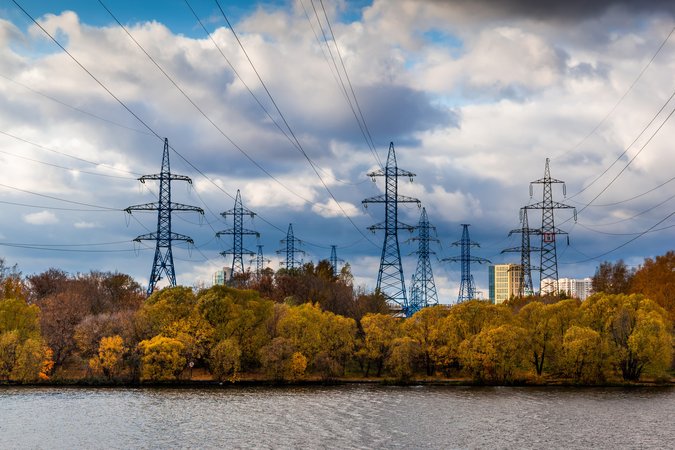A Model for Shale Gas Wastewater Management
Concerns about wastewater from hydraulic fracturing highlight the need for a new management system to ensure the environmental sustainability of shale gas development.
Unconventional oil and gas production using hydraulic fracturing generates significant quantities of wastewater that may contain potentially harmful pollutants. The concerns associated with shale gas development necessitate an investigation of shale gas water and wastewater management using a systematic approach to make sure that shale gas development is environmentally sustainable. In this research, we adopt an integrated system analysis approach to examine the life cycle of water in the hydraulic fracturing process. Specifically, we developed a multi-objective programming model for shale gas water and wastewater management that incorporates the objectives of four types of decisionmakers: oil and gas well developers and operators, centralized wastewater treatment facility planners and operators, environmental regulators, and social planners. This paper lays out a modeling framework that can, in the future, be used for a case study of optimal shale gas water and wastewater management. It also provides directions for future expansion of the model.
Key findings
- The dramatic rise of hydraulic fracturing has led to a significant increase in wastewater generation, which has the potential to negatively impact environmental and public health.
- We use an integrated systems approach to examine the life cycle of water in shale gas development, including new wastewater recycling and reuse markets and economic considerations, environmental externalities, and relevant laws.
- We develop a multi-objective modeling framework that incorporates the objectives of four types of decision-makers: well developers and operators; wastewater treatment facility planners and operators; environmental regulators; and social planners.
- The model is based on the current water life-cycle in Pennsylvania (Marcellus Shale), which focuses largely on wastewater reuse and recycling. However, this model could be adjusted for other shale plays.






